Most people are familiar with the basic principles of acupuncture. Needles are inserted at specific points of the body for a variety of medical reasons. Acupressure is its cousin, where instead of needles, physical pressure is applied. Many people do not realize that acupuncture comes in different forms. If you are looking for acupuncture in Markham, do you want to follow the Chinese or Japanese tradition?
What type of acupuncture in Markham do you want?
Diagnosis
Acupuncture has been used as a treatment for a variety of conditions, which means acupuncturists need to identify the cause of the problem, so they can apply the most appropriate treatment. Diagnosis in traditional Chinese acupuncture comes from examining the head, particularly the tongue and face. In Japanese acupuncture, diagnosis focuses more on palpitations in the abdomen, as well as the pulse. There is also more effort to adjust during the session based on how the body responds to treatment.
Pre-treatment
Japanese acupuncture is distinctive in its use of pre-treatment before any needles are inserted. There is a great focus on the power of touch in Japanese acupuncture, and your therapist is likely to feel your abdomen and other parts of your body first. Perhaps this is the result of the fact that early Japanese acupuncture practitioners were blind.
Size of needles
One of the most obvious differences between Chinese and Japanese acupuncture is the size of the needles. In Japanese acupuncture, they typically have a thinner and finer texture to match a softer insertion method.
Insertion method
Modern acupuncture frequently uses guiding tubes, which makes it simple to insert the needles properly and comfortably. These were not part of traditional Chinese acupuncture and originated in Japan. They became popular in the 1970s, with the advent of disposable needles.
Insertion depth
Also, part of the insertion technique is how deeply the needles enter the body. In Japanese acupuncture, only superficial penetration is performed below the surface of the skin. It is less likely to cause pain than the deeper insertions of Chinese acupuncture, which also involves more twisting and manipulation of the needles after entry.
Level of stimulation
Traditional Chinese acupuncture is based on the movement of energy, called QI, as it passes through the body. Inserting needles into the meridians, or channels where this energy flows, is meant to stimulate the QI. Traditional Japanese acupuncture puts comfort ahead of stimulation, which is part of the reason for the smaller needles and gentler approach.
Use of herbs
Herbs can be used in Chinese or Japanese acupuncture, but are more prominent in the Chinese style, where they have a long tradition. Herb use in Chinese medicine is also more likely to be personalized to the patient. Conversely, moxibustion, or the burning of moxa (mugwort) either directly above the skin, or against needles that are inserted into the skin, is more common as a companion to Japanese than Chinese acupuncture.

